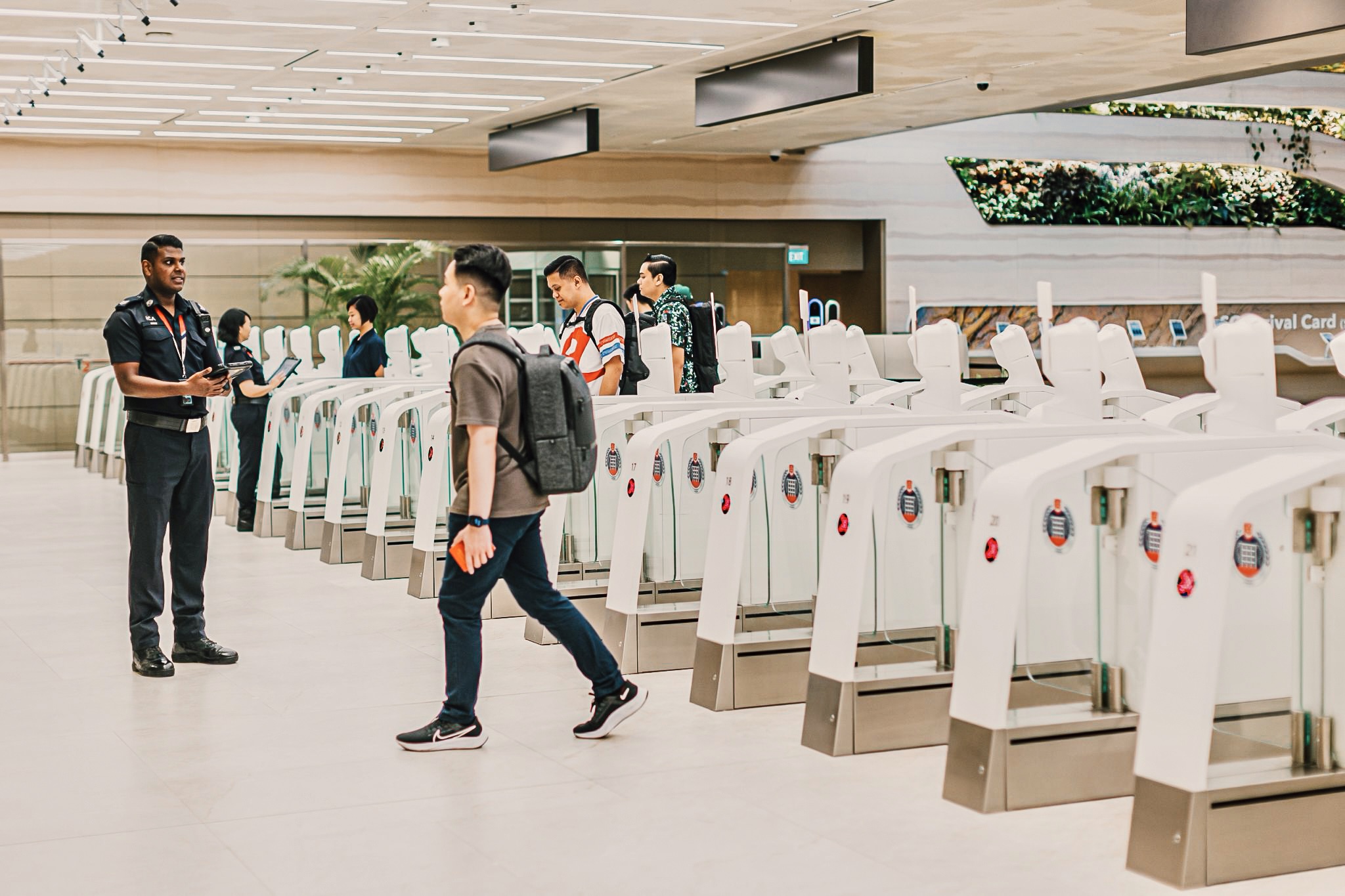


Photo Credit: Immigration & Checkpoints Authority Singapore
Immigration clearance is a key touchpoint along a traveller’s journey and the gateway to the country for arriving passengers. To cut waiting time, the Immigration & Checkpoints Authority (ICA) announced on 17 May that all foreign visitors can now use automated clearance lanes.
Singapore is among the first in the world to allow 100% of arriving visitors to use automated immigration clearance without any prior enrolment. This is part of ICA’s New Clearance Concept (NCC), which aims to provide a faster and more seamless immigration clearance experience for travellers. To unlock this additional capacity at Changi, ICA has been progressively replacing the existing automated lanes and manual counters with new automated lanes.
Changi Journeys (CJs) speaks with Chang Rong, Senior Manager for Airport Operations Planning at Changi Airport Group (CAG), to learn how they have been supporting ICA throughout the implementation process.
CJs: How did CAG support ICA on this initiative?
Chang Rong: We supported ICA across a broad range of areas from determining capacity and jointly developing the concept of operations, to enhancing user experience, managing site preparations, and participating in their service training.
To determine capacity, we used our simulation software to help ICA to determine and validate the optimal number of standard and Special Assistance Lanes (SALs) across the terminals. Following extensive discussions, ICA agreed with us on the best number of lanes to be installed. This ensured sufficient capacity to cater to Changi’s projected traffic growth.
In addition, we worked together on the concept of operations (ConOps) with ICA and the design of the SALs. Besides design-thinking workshops and prototypes to improve ergonomics, we also invited people with restricted mobility to try out the prototypes. The insights and recommendations gathered from these sessions ensured that both the operational efficiency and user experience aspects were taken care of.
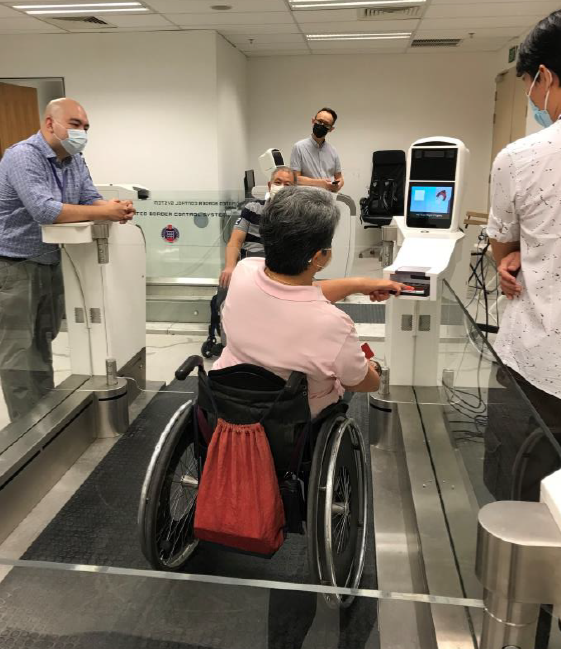


CAG organised design thinking workshops together with ICA, to gather feedback from persons with restricted mobility, after they tried the protoypes
CJs: How did CAG’s experience in creating positive passenger experiences add value to the process?
Chang Rong: With Changi’s experience in automating airport processes and creating pleasant passenger journeys, we helped ICA to review the phrasing of instructions at the automated lanes. This ensured that the instructions are friendly and easy to follow.
On the ground, our team handled the site preparation works for the installation of the new automated lanes. These include planning the layout of the lanes, removing existing manual counters, as well as the construction of overhead structures for the new lanes. As these works took place while operations were still going on, close coordination with various teams was necessary to ensure that the immigration capacity and passenger experience was not compromised. This ensured that installation works were completed on time, with go-live dates on track.
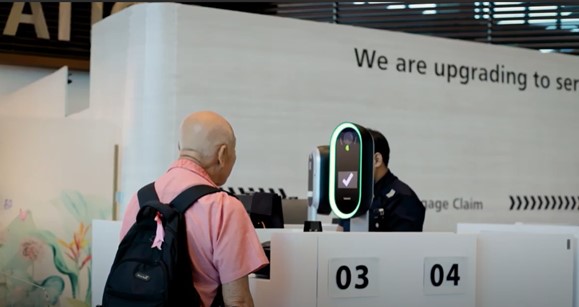


Site prep works at the immigration halls were carried out alongside live operations behind hoardings, adding to the challenge of implementation.
Importantly, CAG participated in the service trainings for ICA officers. By conducting focus group sessions, we gained valuable insights into the challenges faced by ICA officers in their roles. Utilising these insights, we provided recommendations and suggestions aimed at enhancing their performance and allowing them to embody Changi’s service standards, just like the rest of our airport partners. Additionally, CAG collaborated with ICA to develop tailored training materials and e-learning videos to facilitate effective learning and application in their roles.
CJs: What were some of the challenges that your team had to overcome?
Chang Rong: We respect that ICA’s focus and targets may differ from CAG, with a greater emphasis on border control and security priorities. For CAG, our challenge was to meet ICA’s implementation timeline without impacting the airport’s operational needs. By analysing passenger flow data and justifying the need for more mobile counters during the construction phase, we managed to maintain a smooth immigration flow at our terminals throughout the implementation period.
After many discussions with ICA and working closely with their various teams, the installation of the new automated lanes was successfully completed on schedule. This was particularly challenging as it coincided with the last phase of traffic recovery through the year-end peak in 2023, with the increased passenger traffic adding further pressure to already stretched resources.
We are excited to see that our efforts have borne fruit, and the team is happy that full automated clearance has rolled out successfully at Changi, enhancing passengers’ immigration clearance journey and uplifting the whole Changi experience.
Other Articles
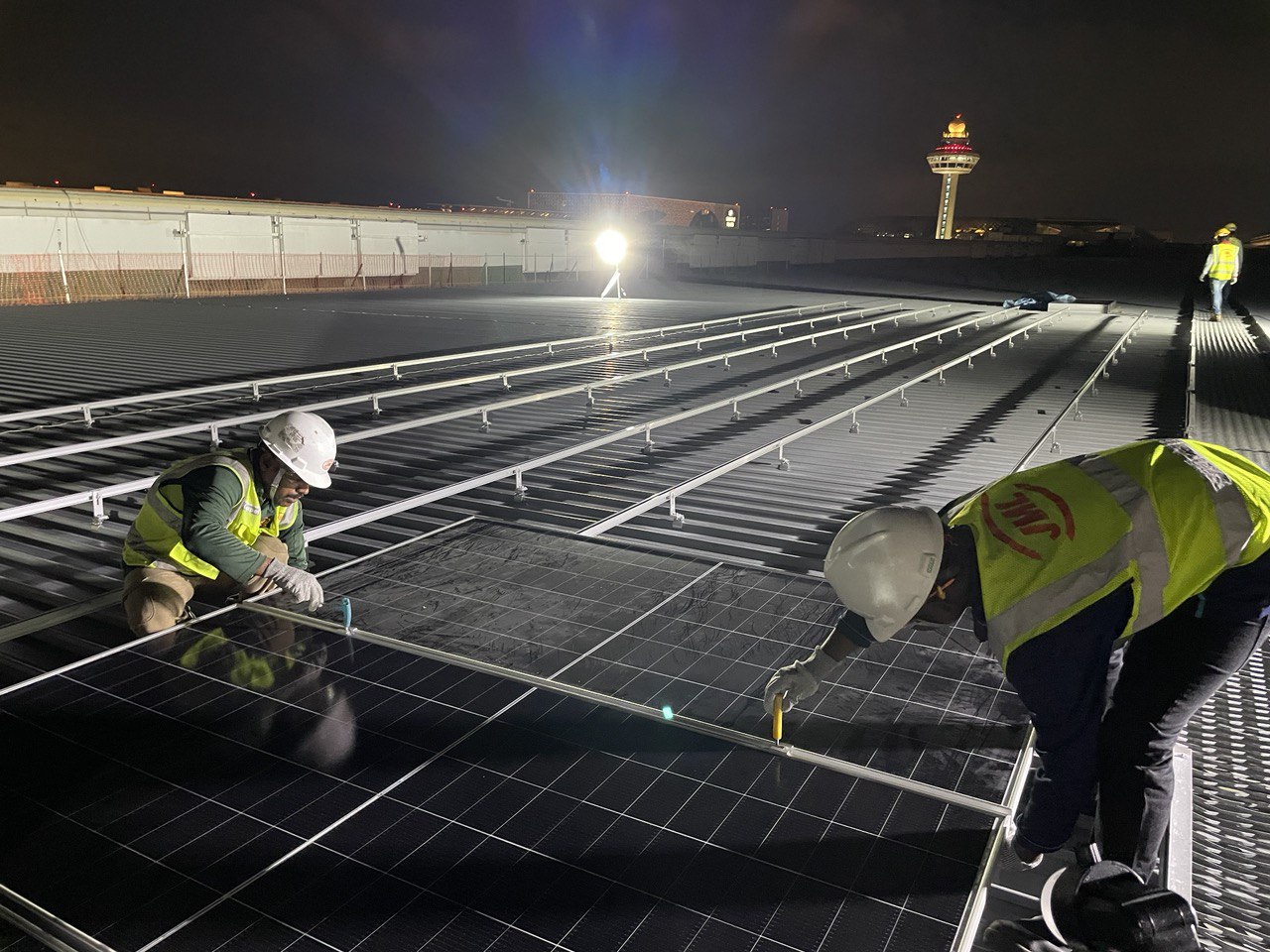
Changi Airport gears up to tap on solar power
Learn what goes on behind-the-scenes as Changi Airport overcomes unique challenges in a 24/7 operations environment to install Singapore’s largest single-site rooftop solar panels system.
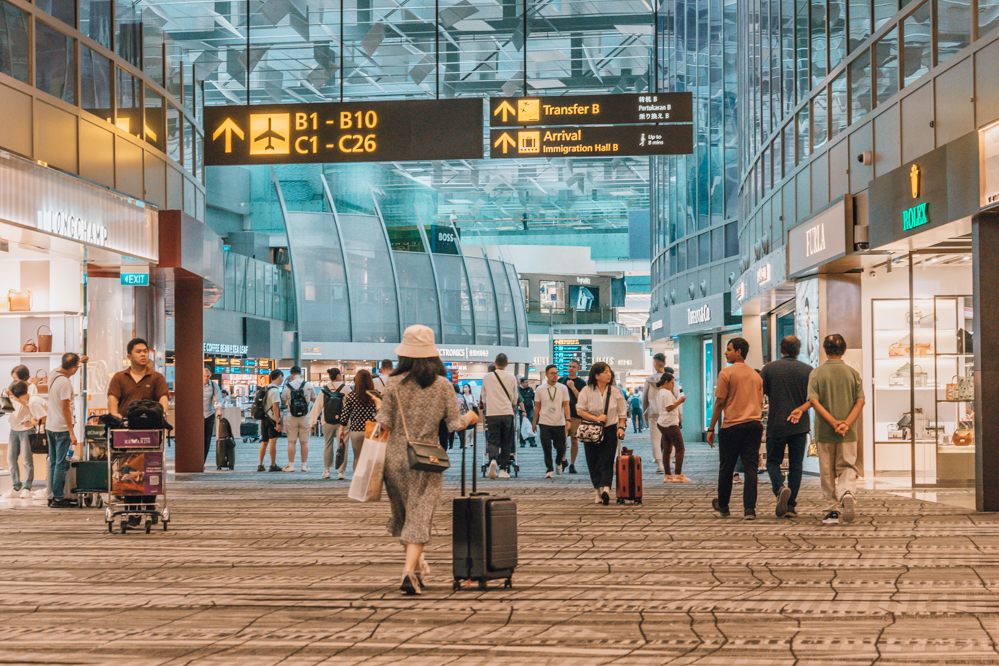
Revealed: How Changi delivers a memorable layover experience
For many, airport layovers can be stressful or boring affairs. Learn more about how Changi Airport works to change this perception by making the short stays of transit passengers as comfortable and memorable as possible.
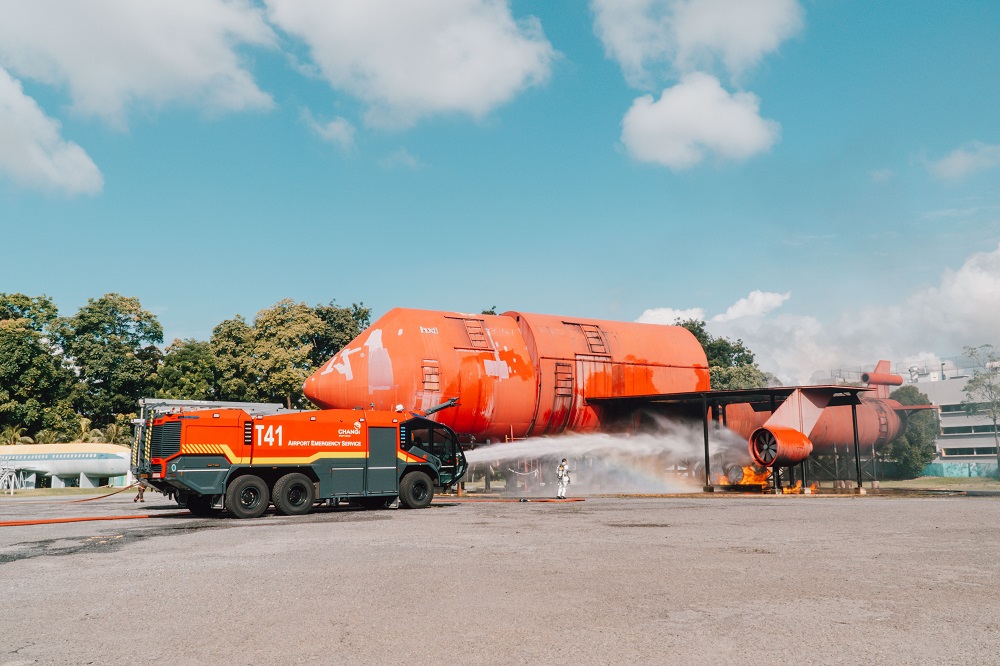
On LinkedIn@ChangiAirport
Learn how CAG’s Airport Emergency Service team remains ever-prepared for real-world emergencies, making use of mocked-up aircraft structures to train for such scenarios.


